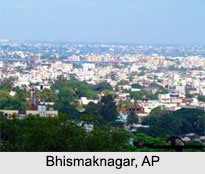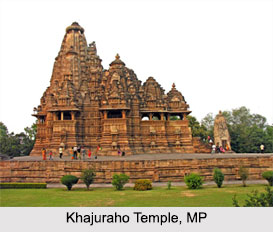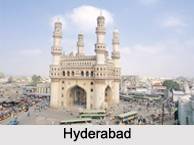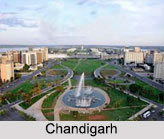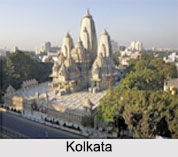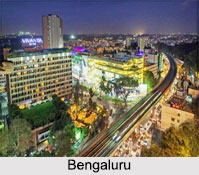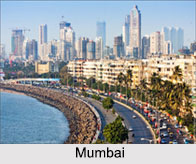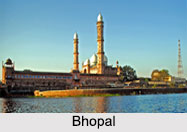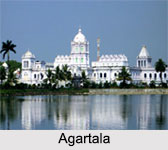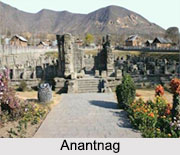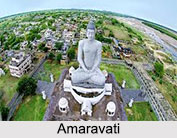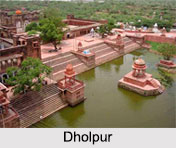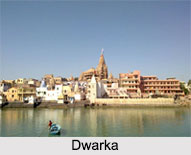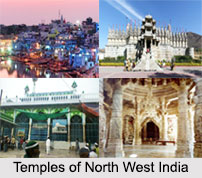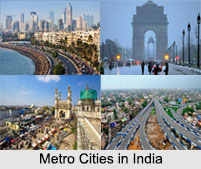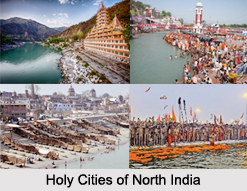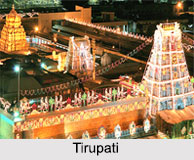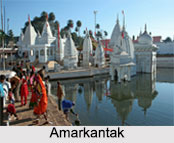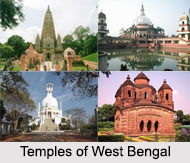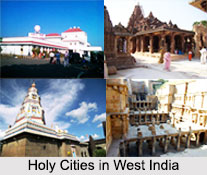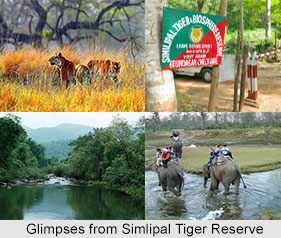 Similipal is the forest town in Mayurbhaj District of Odisha. This place in Odisha is the abode of rich flora and fauna and the lakes and Biosphere Reserves.
Similipal is the forest town in Mayurbhaj District of Odisha. This place in Odisha is the abode of rich flora and fauna and the lakes and Biosphere Reserves.
Geography of Simlipal
Similipal is covering a vast area of 2750 sq. km out of which 303 sq. km from the core area, thick biosphere reserve is a sanctuary and one of the Tiger Projects and National parks of India. With wide range of rainfall variations, range from dry deciduous to moist green forests, it is suitable for different species of flora and fauna. About 1076 species of mammals, 29 types of reptiles and 231 species of birds are the proud possession of this plateau.
Elevation of Simlipal
The average mean elevation of Similipal is 900 meters. Tall and luxuriant Sal Trees in large numbers stand like sentries. The handsome peaks of Khairiburu (1178 meters), Meghasani (1158 meters) and others welcome like smiling receptionists from the emerald heights. Sweet scented Champak flowers freshen the air. The richly hued orchids on the green foliage are soothing to the eyes. In the midst of the dense forests, the summer stands humbled and the sun gets lost.
Rivers in Simlipal
Several rivers like Budhabalanga, Khairi, salandi, Palpala, etc. originate from the hills and meander through the forest like veins and arteries in the body. Many of them have formed cascading rapids and foaming falls before leaving for the plains. The panoramic view of the waterfalls at Barehipani (400 meters) and joranda (150 meters) is found in abundance in most of the rivers.
Attraction in Simlipal
Simlipal has the thick and green forests, extensive grassy lands and meadows, cloud kissing peaks, precipitous and sparkling waterfalls, meandering rivers, roaring tigers and trumpeting tuskers, fleeing deer and flying squirrels, talking myna and dancing peacocks.
Tourism in Simlipal
Similipal in itself offers a complete package of tourism along with the rich forest area. Some of the areas in Simlipal are Khiching, Chandipur, Panchalingeswar, Remuna, and Deokund.
Visiting Information
Similipal is easily connected with both railways and roadways. Baripada is the district headquarters of Mayurbhanj District. It is well connected with the junction of NH 5 and 6. Simlipal is 170 km from Bhubaneswar, 240 from Kolkata and 60 km from Balasore District and 22 km from Pithabata, which is an entry point. The other entry point Jashipur is 94 km from Baripada on N.H. 6. Both the places are well connected by regular bus services. Taxis and Jeeps are available. The nearest railhead is Balasore (60 km from Baripada), served by major trains running on the South-Eastern sector. The nearest airports are Bhubaneswar (270 kms) and Kolkata (240 km).
Related Articles
Odisha
Temples of Odisha
Districts of Odisha
Puri, Odisha
Lulung, Odisha
Forts in Odisha
Crafts of Odisha
